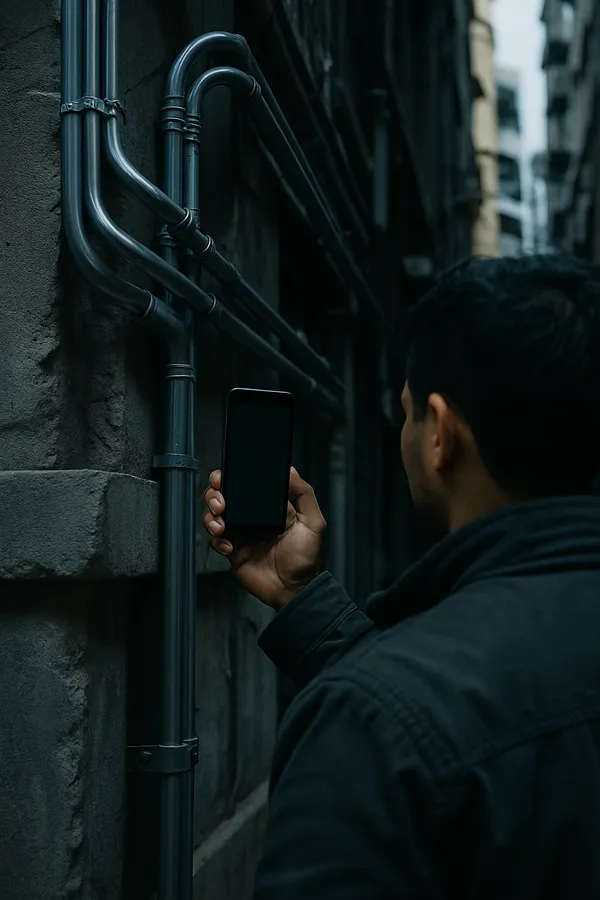Functional Grievance Redress Mechanisms: Verifying Accountability Metrics
Published on: Tue Nov 15 2022 by Ivar Strand
Introduction
A Grievance Redress Mechanism (GRM) is now a ubiquitous feature of international development projects, mandated by financing agencies as a core social safeguard. In theory, it is the primary channel through which project-affected persons can voice concerns and seek resolution, making it a critical instrument for accountability.
The existence of a GRM on paper, however, provides no assurance of its utility in practice. Many mechanisms are inaccessible, viewed as biased, or fail to produce tangible outcomes. For independent monitors and project funders, the central challenge is to move beyond a perfunctory existence check. The task is to develop a methodology that can reliably verify a GRM’s true functionality. This paper discusses how to assess a GRM against three essential criteria: is it accessible, is it perceived as fair, and does it lead to resolution?
What Defines a Functional GRM?
Before verification is possible, a clear definition of functionality is required. A truly functional GRM is more than a simple intake process; it is a system built on three interdependent pillars.
-
Accessibility. This is the system’s entry point. Accessibility means that all stakeholders, including the most marginalized, are aware of the GRM’s existence, understand its purpose, and can use it without social, economic, or physical barriers. It requires multiple, culturally appropriate uptake channels—a suggestion box alone is insufficient—and clear communication in local languages.
-
Perceived Fairness (Legitimacy). A mechanism that is not trusted will not be used. Perceived fairness, or procedural justice, is the cornerstone of trust. It requires that the process be transparent, impartial, and predictable. Complainants must have confidence that their grievance will be handled without retribution and that the decision-making process is not biased in favour of the project operator.
-
Effective Resolution. A process that ends in a filed report but no action is a failed process. Effective resolution means that grievances are acknowledged in a timely manner, assessed according to clear criteria, and lead to a tangible outcome. This outcome may not always be what the complainant desired, but a decision must be made and communicated, and any agreed-upon corrective actions must be implemented and verified.
Why Do Standard Audits Often Fail to Verify Functionality?
Traditional compliance audits are often ill-suited to assess these functional criteria. Their focus is typically on form over function, leading to a misleading picture of a project’s accountability.
- Focus on Inputs, Not Outcomes: A standard audit confirms the presence of inputs: a GRM policy document exists, an officer is designated, a complaints log is maintained. It does not, however, measure the outcomes: community trust, the quality of resolutions, or whether the most vulnerable feel safe enough to submit a complaint.
- Misinterpretation of Data: A low number of recorded grievances is often presented by project implementers as evidence of success. However, an empty complaints log can equally signify a failure of accessibility or a fundamental lack of trust in the system. At Abyrint, we have found that a sudden drop in complaints can be a significant red flag requiring further investigation.
- Inability to Capture Social Dynamics: Standard audits are not designed to analyze the complex social dynamics—such as fear of retribution from powerful local figures or project staff—that act as powerful disincentives to reporting. Verifying functionality requires moving beyond the official record to understand community perceptions.
How Can True Functionality Be Verified?
Verifying a GRM’s functionality requires a systems-based approach that triangulates information from multiple sources. This involves testing the mechanics of the system, the perceptions of its users, and the quality of its outputs. We suggest a methodology that combines several distinct analytical techniques.
-
Process Tracing: Select a representative, anonymized sample of grievances from the project’s log. Trace each case from intake to closure, comparing the documented steps against the GRM’s official procedures. This analysis answers key questions: Were timelines met? Was the process followed correctly? Was the resolution clearly communicated? It provides a verifiable assessment of the system’s internal mechanics.
-
Stakeholder Perception Analysis: Through carefully structured focus group discussions and key informant interviews, it is possible to gauge community trust and awareness. The inquiry must be indirect to elicit honest responses. Instead of “Do you trust the GRM?”, the questions should be: “If a family had a problem with the project’s activities, what could they do?”, “What do people in the community think would happen if they made a formal complaint?”, and “Are there other, more trusted people to resolve problems?”.
-
Accessibility Spot-Checks: This involves direct, practical observation. Are posters explaining the GRM visible in public spaces and in local languages? Are the contact telephone numbers provided functional? Can the designated intake office be easily located and accessed by someone with limited mobility? These simple checks provide hard evidence of whether the system is practically accessible.
Conclusion: The GRM as a Management Tool
A GRM’s purpose extends beyond its role as a social safeguard. When functioning correctly, it is one of the most valuable real-time management tools a project has. It provides an unvarnished source of feedback on implementation, highlighting operational problems, flawed assumptions, and emerging social risks long before they escalate into crises.
Therefore, verifying a GRM’s functionality is not merely an accountability exercise; it is a diagnostic of project health. Moving from a perfunctory check to a robust verification of accessibility, fairness, and resolution ensures that the mechanism serves its dual purpose: providing genuine recourse for affected communities and valuable insight for project management. Accountability, ultimately, is an active process, not a static document.



